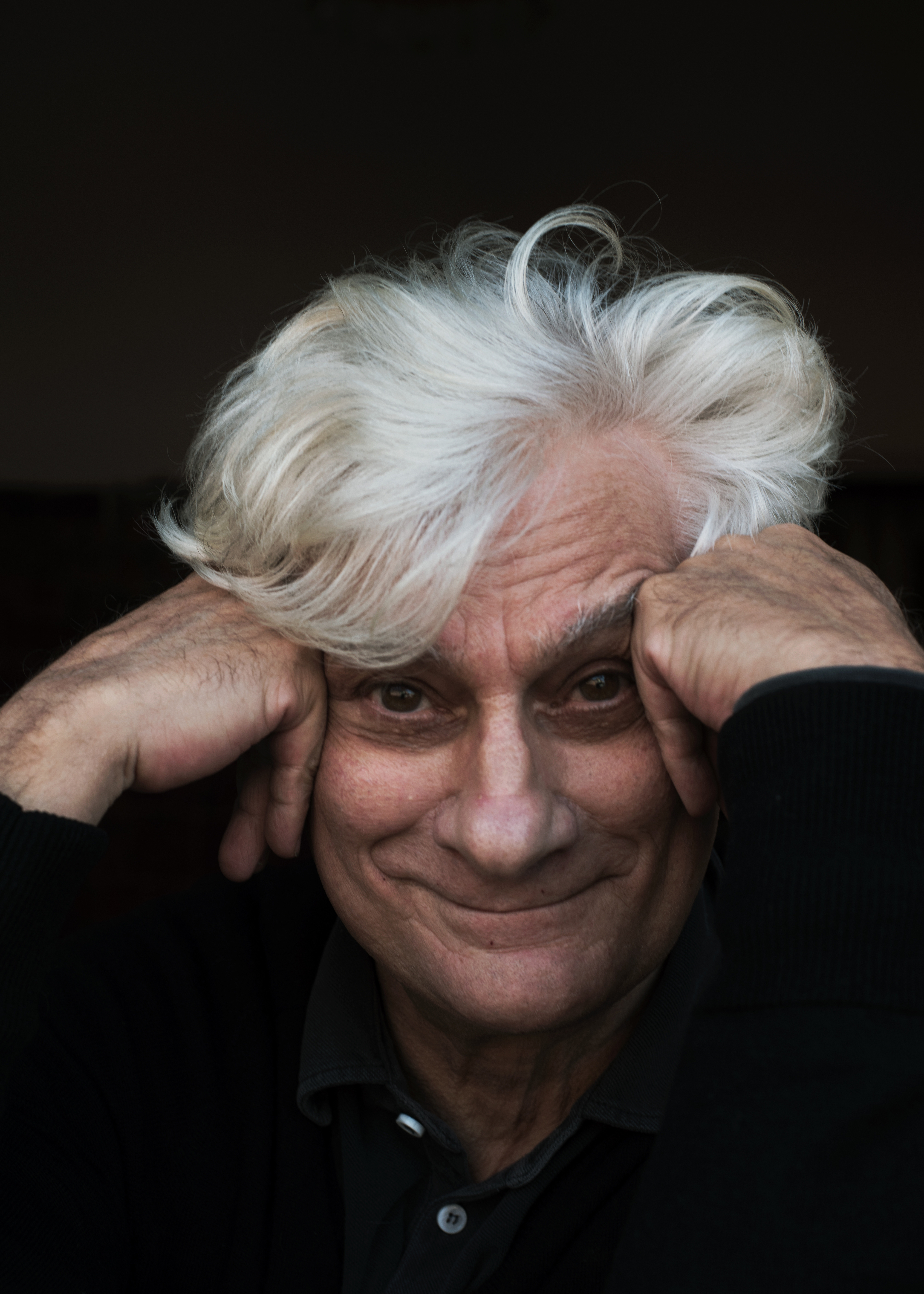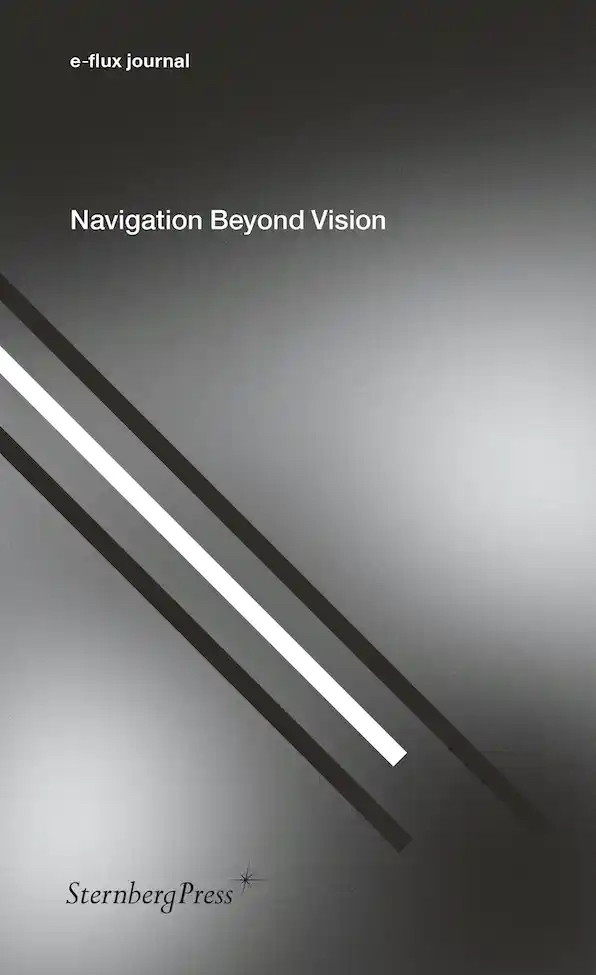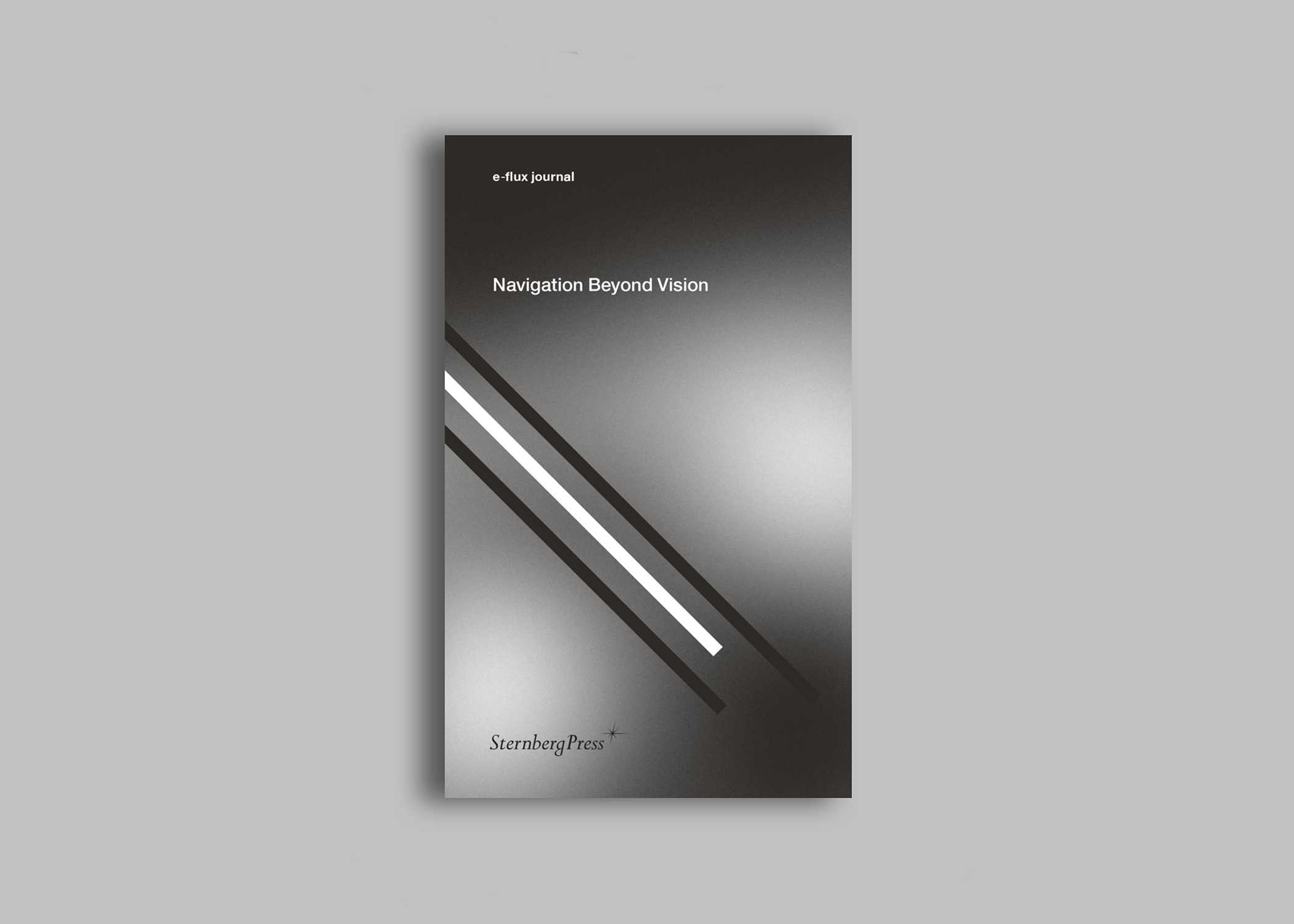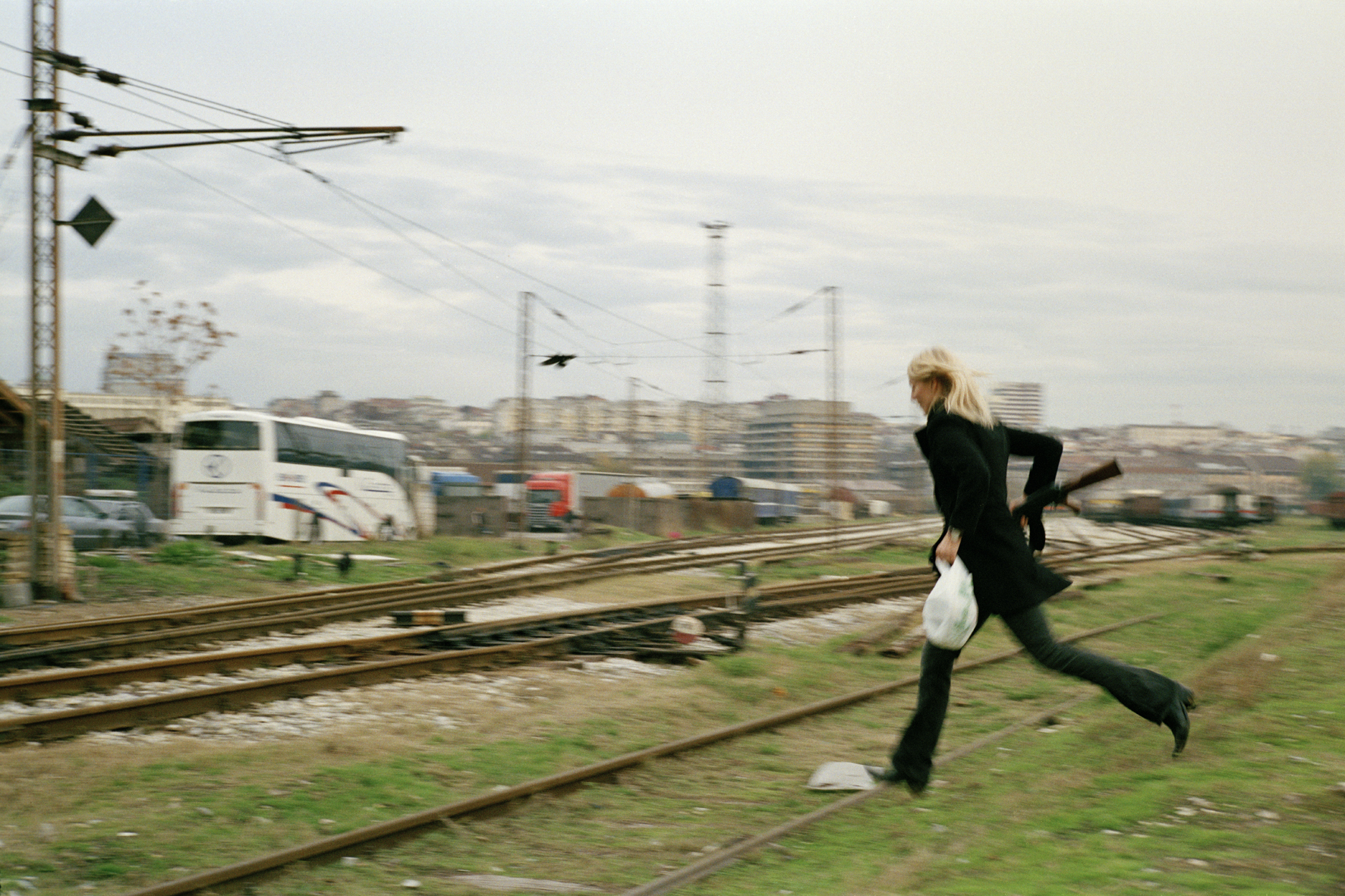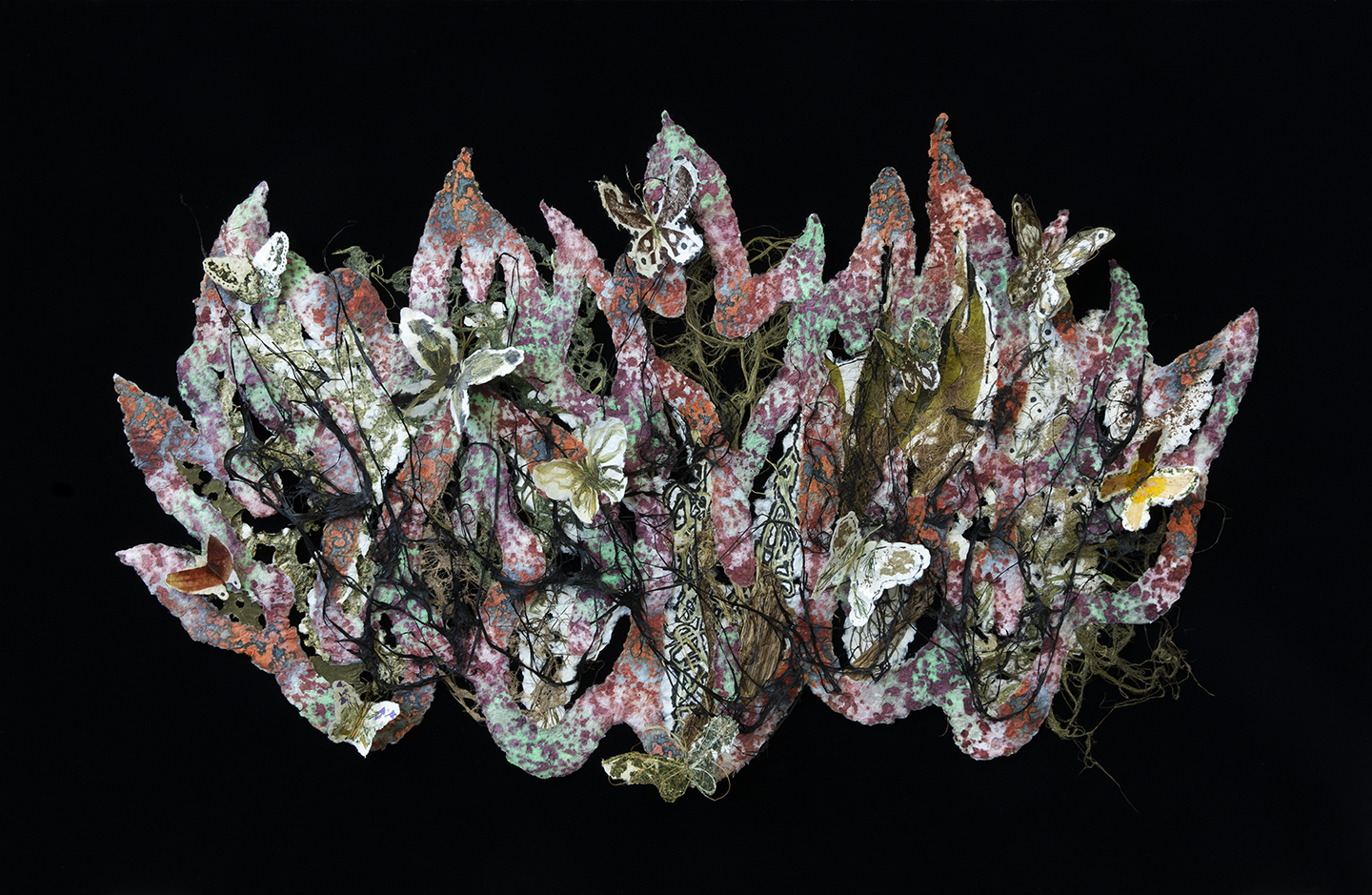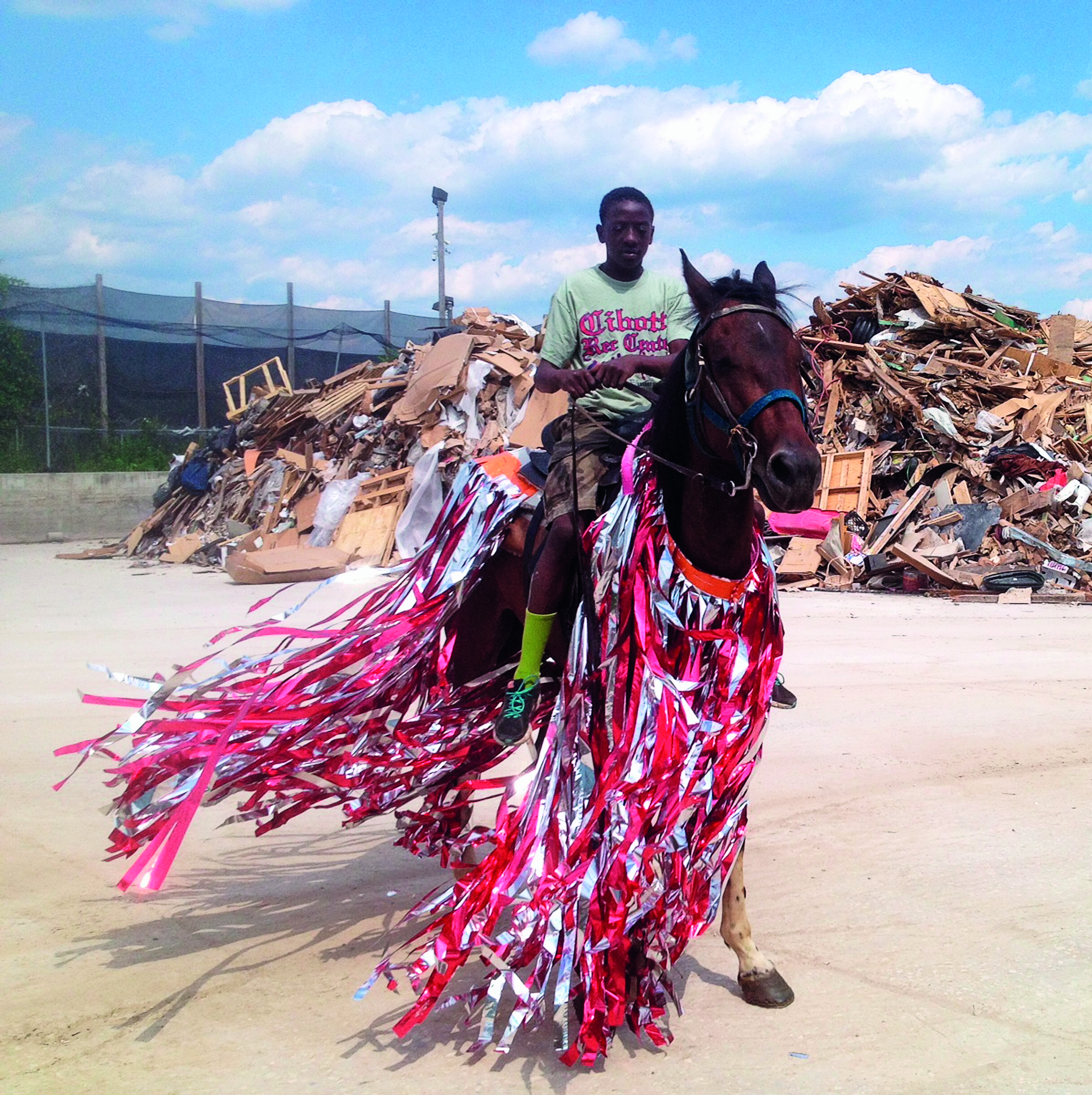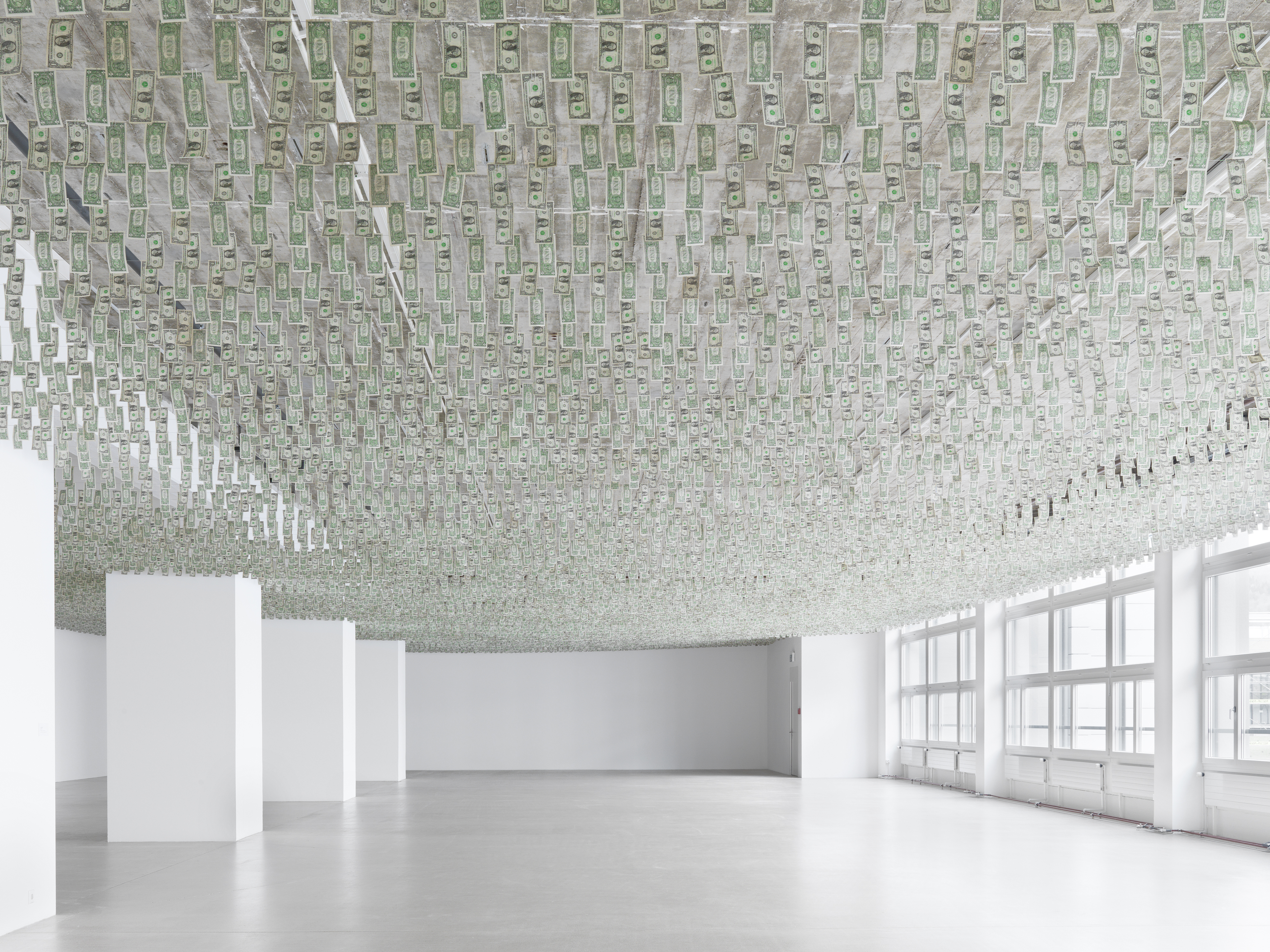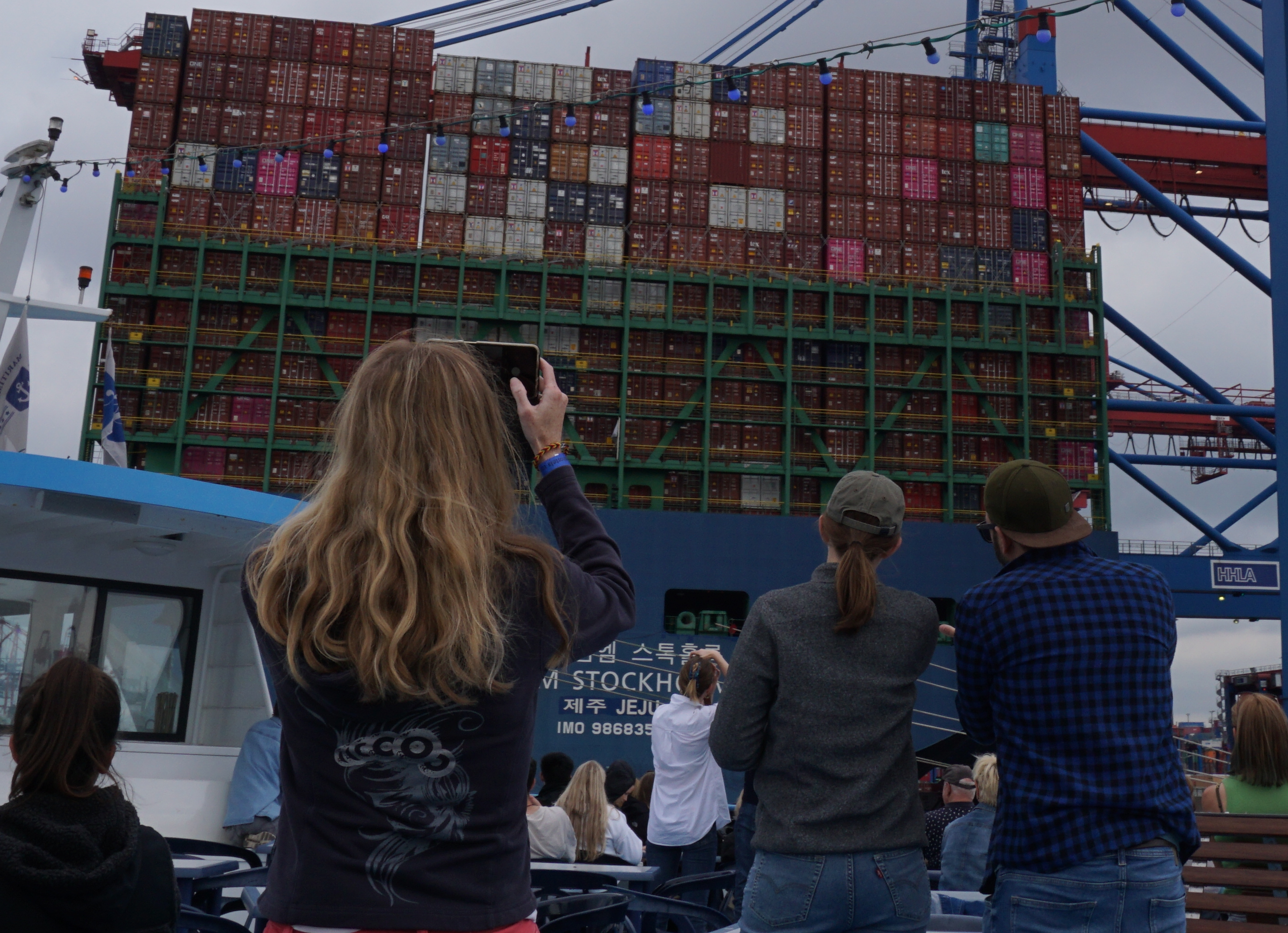With a response by Brian Kuan Wood
November 14, 2018, 7pm
New York 10002
USA
Join us at e-flux with artists Goldin+Senneby for a presentation of their project Eternal Employment, with a response by e-flux editor and Eternal Employment foundation board member Brian Kuan Wood.
“There are some people who own so much that they don’t need to work. But there are many more people who do need to work. They work hard just to survive. Sometimes they think that if they work even harder, they can also own enough to not work. They can just own. You know the owners—they lunch, they shop, they take vacations from their cycles of lunching and shopping. Often they are just like poor people who sleep, eat, and roam the earth searching for meaning in their lives, except they are not poor.
In 2013, the French economist Thomas Piketty revealed a startling statistic in his Capital in the Twenty-First Century: since antiquity, the rate of return on capital has always been higher than the rate of economic growth, which is to say that it has always been more rewarding to own rather than to work. The value of investing what you own always exceeds that of working for what you might eventually own. The only identifiable exception was in the late twentieth century, when, for a short time following World War II, the value of labor peeked slightly above that of capital in a tendency towards relative income equality. Which is to say that, for a short time in documented history—in 1970s Sweden, for example—work paid better than money. According to Piketty’s projections, that time is now over, and we are sliding back to inequalities not known since antiquity—what Marx called primitive accumulation. Yet, what is perhaps most surprising in Piketty’s study is how exceptional—how special, and how fragile—that small moment was when one would be better off working than owning.
In 2017, the artists Goldin+Senneby entered an international competition set up by Public Art Agency Sweden to develop a public artwork for an underground rail station to be built as part of one of the largest construction projects in Gothenburg's history. The colossal production budget of SEK 7 million (approximately EUR 700,000) must have appealed to the two artists who have developed numerous works on financial mechanisms. For their public art project, they proposed to invest the entirety of this budget in a foundation, which would generate sufficient capital gains to pay a full-time salary for a single person. This single person would be employed at Korsvägen station, yet the position would hold no specified duties or responsibilities beyond checking in at the beginning of each working day at Korsvägen Station and then checking out at the end of the day. A “working light” installed throughout the station would notify the public when the employee would be at work.
One can only imagine the uproar in Sweden when their project was appointed as one of the winners of the competition. Old Social Democrats accused them of using financial realism to mock the transcendental accomplishments of the welfare state. Neoliberal “progressives” accused them of wasting taxpayers’ money to stage a nostalgic return to that same welfare state. But many others in Sweden were probably deeply moved, and perhaps even shocked to consider that a functioning socialism could emerge from financial calculation. After all, well-distributed resources under socialism did not come from God, just as unequally distributed resources under neoliberalism did not come from an interest in the commonwealth. How uncanny Eternal Employment is: a functional monument to the bygone aspirations of social democracy that implants a fully functioning welfare model within capital itself.”
—Brian Kuan Wood
Goldin+Senneby is a Stockholm-based artist subject. Since 2004 their work has explored the structural correspondence between conceptual art and finance capital, drawn to its (il)logical conclusions.
Eternal Employment is commissioned by the Public Art Agency Sweden and the Swedish Transport Administration.
For more information, contact program@e-flux.com.

